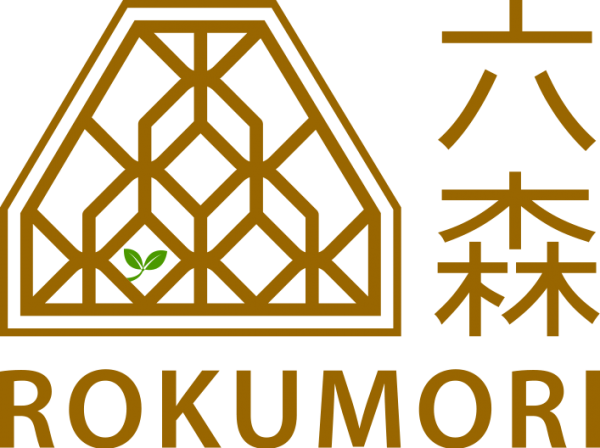2022.1.4 – 1.31

中村功
徳島県拝宮町生まれ。幼少期より地域伝統の「拝宮(はいぎゅう)和紙」づくりを父や職人から教わる。拝宮和紙を作る職人の数が減り始めたため、中村は故郷での和紙づくりに人生を捧げることを選ぶ。
Isao Nakamura was born in Kaminaka-cho, Haigyu in Tokushima prefecture on the island of Shikoku, one of Japan’s four main islands. His father and other craftsmen in Haigyu taught Nakamura the traditional techniques of washi throughout his youth. As the number of craftsmen able to create Haigyu washi began to dwindle, Nakamura chose to dedicate his life to the paper making techniques from his hometown.
Short Glimpse on Japanese papermaking (Washi)
Paper is a cherished element in every culture, and the association of writing on paper has been a firm symbol of humanity and progress. History, literature, poetry, music, and science are all sealed in paper – the guardian of human treasures. Paper has permitted knowledge to extend faster and farther in time and space. Japan inherited many traditional crafts from China, but transformed them for its own specific needs into very specific forms. Since they were never satisfied with plain imported techniques and concepts, Japanese developed their own methods and found their own solutions which developed and progressed throughout the centuries and influenced Japanese cultural history.
The manufacture of washi or Japanese paper has long been a traditional family craft. It was carried out during the winter months between harvesting and planting seasons and is still very much alive in many Japanese provinces. Washi is very strong, flexible, durable and ecological. In spite of its extremely soft looking texture, it does not tear away when dampened.
Cold temperatures and pure water are essential in making washi. Raw materials are taken from the inner bark of three main shrubs, (other plants can also be used): Kozo (broussonetia kajinoki) seen as the masculine element, strong and thick.
Ganpi (Diplomorpha sikokiana), the noble element, rich and lasting. Mitsumata (Edgeworthia papyrifera), the feminine element, soft and delicate.
Kozo and Mitsumata can be cultivated whereas Ganpi is a wild plant.
Our artists are using Kozo to produce their washi.
Cut and pruned, Kozo branches of the shrubs are soaked in water in order to scrape the outer bark away. This bark is soaked again to detach its inner layer which is then boiled in a strong alkaline solution to remove starch and oil. In the next stage, the fibers are rinsed to remove all dirt. In order to loosen and separate the fibers, the remaining white mixture is then beaten and dipped into containers filled with water where a paste of fermented hibiscus root (tororo-aoi) is added. The mixture produces a homogeneous paste which is spread evenly on a bamboo mesh screen (su) set in a wooden board. The fibers intermesh and settle on the screen to form a washi sheet. The sheets are piled up wet, and later laid out to dry.